Clothes
How to Pack Smart for a Golf Holiday
Explore 33,000+ golf courses in 180 countries.
Follow the latest news and trends in golf.
Connect with like-minded golfers.
Find everything you need for your golf equipment and gear needs.
Travel, golf resorts, lifestyle, gear, tour highlights and technology.
All Square
Suggestions
Clothes
How to Pack Smart for a Golf Holiday
Course Reviews
Weekend Golf Escapes by Car from Luxembourg
Course Reviews
Best Clubhouse Restaurants in Europe
Course Reviews
Your Top Destinations For a Last-Minute Christmas Golf Getaway in Europe
Clubs
Hideki Matsuyama WITB Behind His 2025 Hero World Challenge Victory
Amateur Golf
Europe’s Best Pro-Am Golf Events for Amateurs
Course Reviews
Top 10 Par‑3s You’ll Never Forget
Course Reviews
The Architects Behind Europe’s Most Iconic Courses
Destinations
Europe’s Best Resorts for Couples
Contests
The Skins Game: Results & Overview
Community
Rewilding the Rough: Nature-First Golf Design
Course Reviews
The History Behind the Ryder Cup Courses
Abu Dhabi HSBC Championship
Aaron Rai’s Winning WITB at Abu Dhabi HSBC Championship
Course Reviews
The Best Golf Courses Near Pinehurst That Aren’t Pinehurst No. 2
Course Reviews
The Els Club Vilamoura: Golfing Grandeur in the Algarve
Course Reviews
Le Golf National – Albatros: A Renovation for the Future
Course Reviews
Island Golf Around the Globe: Where Nature Meets the Fairway
Clubs
Scheffler’s Memorial Mastery: The Gear Behind the Win
Community
The Top Golf Movies of All Time
Course Reviews
Cypress Point Golf Club: The Exclusive Gem
European Tour
The Big Picture: Ryder Cup 2025 Recap
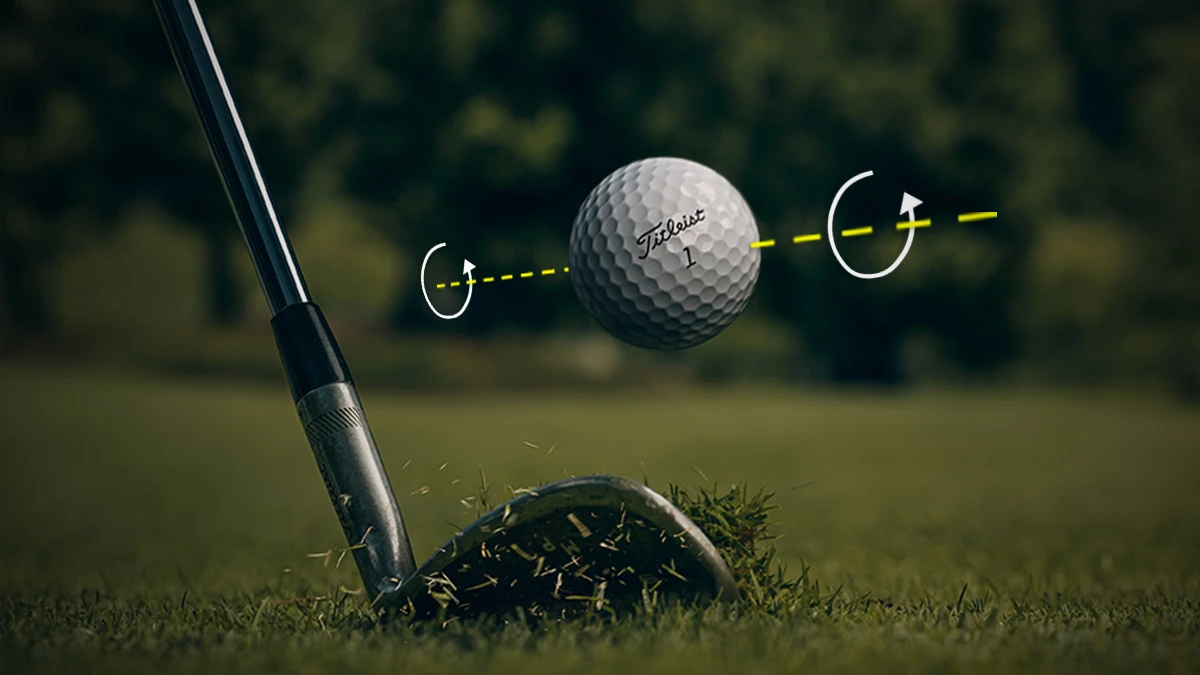
Few things in golf look as impressive as a ball landing softly on the green, taking one hop forward, and then spinning back toward the flagstick. Backspin isn’t just a professional golfer’s party trick — it’s a vital tool for controlling shots, holding firm greens, and attacking difficult pin positions. While it may seem mysterious, generating backspin is a skill that any dedicated golfer can learn with the right combination of technique, equipment, and practice.
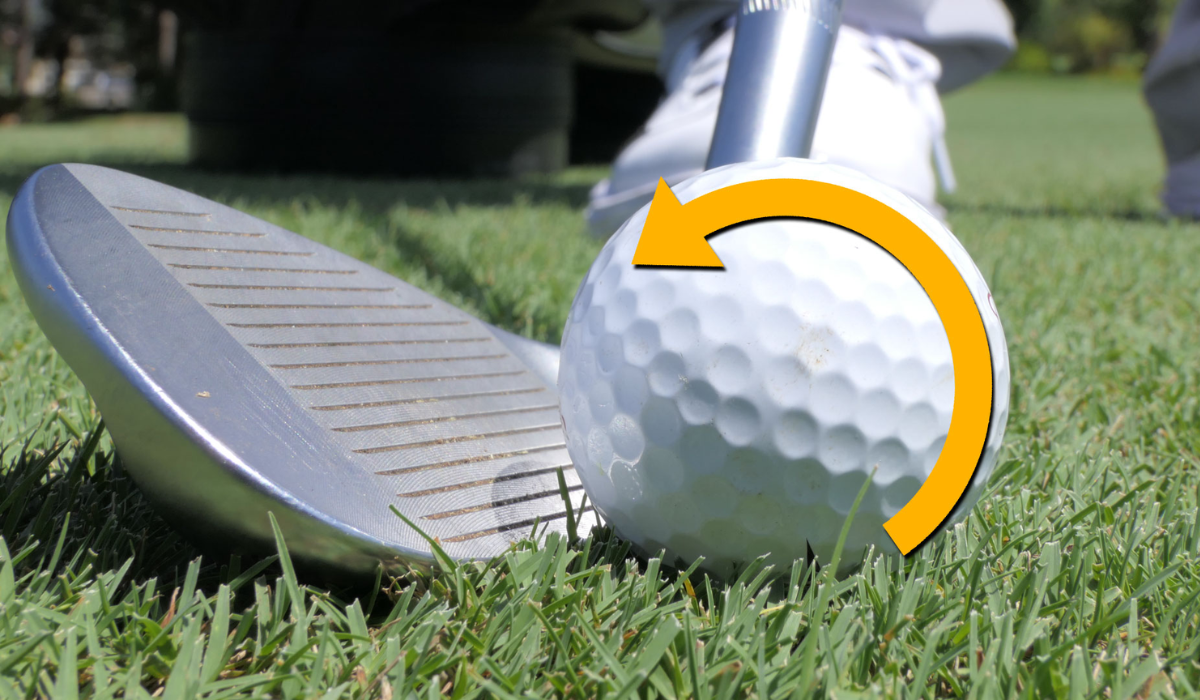
Backspin is the backward rotation of the golf ball as it travels through the air. When it strikes the green, this rotation causes the ball to grip the turf and pull backward instead of rolling forward. The effect comes from compressing the ball at impact while maximising friction between the clubface and the ball’s cover.
This friction is why you often see dramatic spin on professional tours — their equipment is optimised, their swings are precise, and their greens are well-manicured and receptive. Recreational players may not always see the same jaw-dropping effect, but they can absolutely produce controlled spin with the right fundamentals.
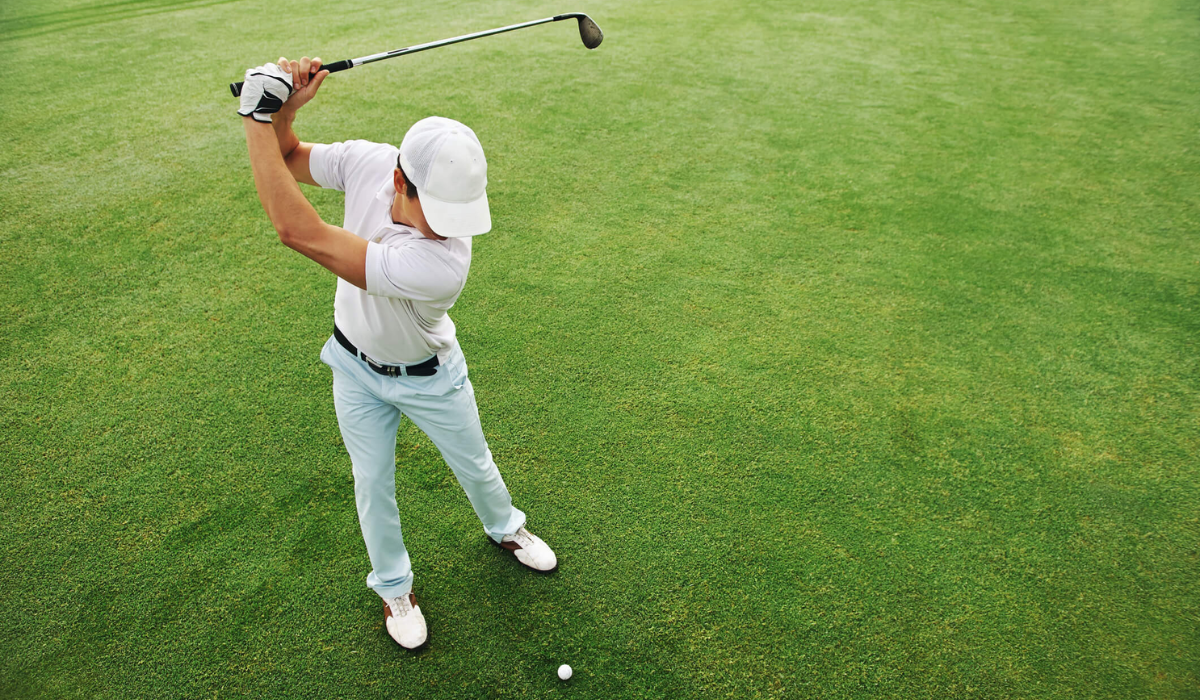
The foundation of backspin is a clean, descending strike. Many amateurs mistakenly try to “scoop” the ball to lift it into the air, but that kills spin. Instead, the clubhead should travel downward through impact, contacting the ball before the turf and taking a shallow divot afterwards.
Ball position also matters. Placing the ball slightly back in your stance encourages a steeper angle of attack, which increases compression. Your hands should be slightly ahead of the ball at impact, ensuring that the loft of the club and the grooves engage properly.
Equally important is making crisp contact. Any debris — whether it’s moisture, dirt, or blades of grass — reduces friction and prevents the grooves from grabbing the ball’s cover. That’s why professional players are meticulous about wiping their wedges before every shot.
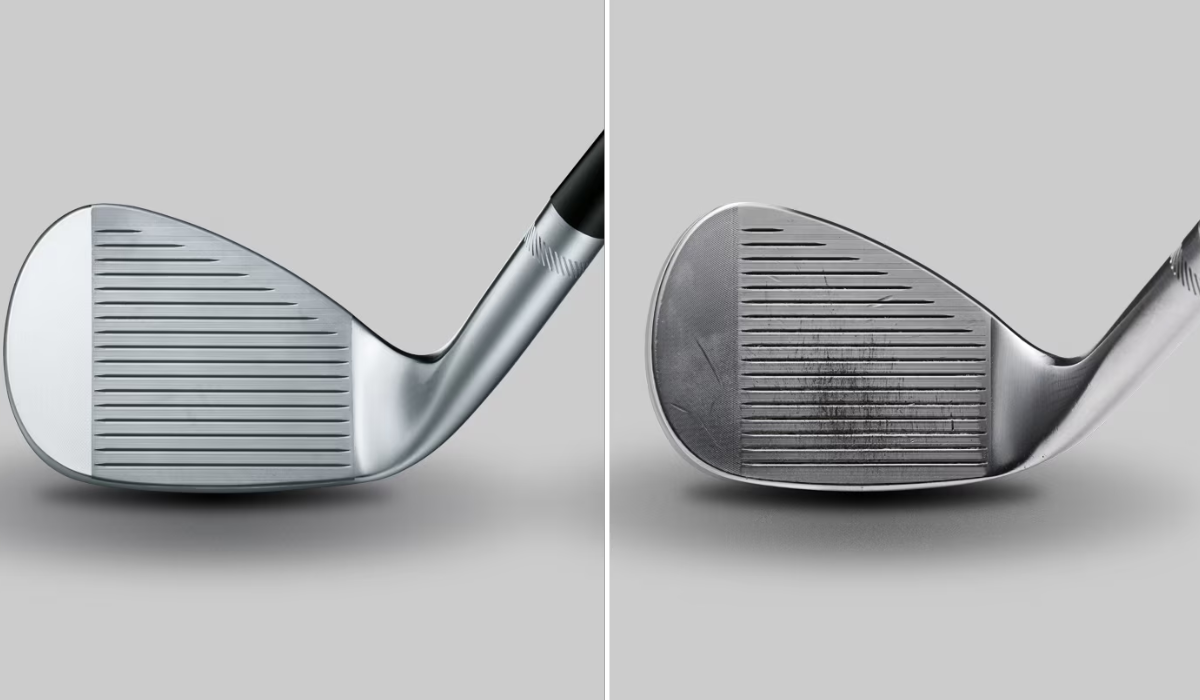
Your ability to generate spin depends heavily on what’s in your bag. Fresh wedges with sharp grooves are essential — they act like tire treads, gripping the ball and increasing rotational force. Over time, grooves wear down and lose effectiveness, so replacing wedges every 60–80 rounds (or more often if you practice frequently) keeps them performing at their best.
The golf ball is another critical piece of the puzzle. Tour-level balls with urethane covers are designed to interact with grooves for maximum spin. In contrast, “distance balls” with harder covers prioritise lower spin off the driver, which also means less spin around the greens. If you’re serious about pulling shots back, investing in premium balls will make a visible difference.
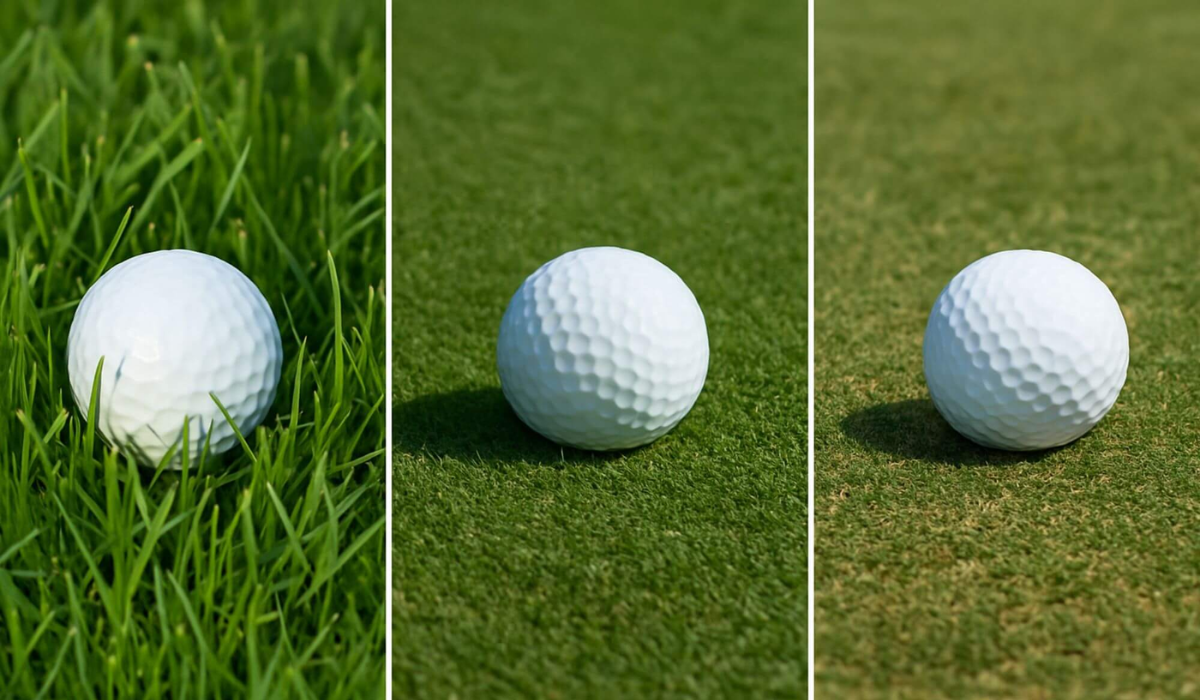
No matter how good your swing is, the lie dictates what’s possible. A ball resting cleanly on a short fairway lie is perfect for creating spin because the clubface can strike it without interference. A ball sitting in the rough, however, gets caught between grass blades, reducing friction and making spin nearly impossible.
The condition of the greens also matters. Soft, receptive greens grab the ball and showcase spin dramatically, while firm or dry greens make it harder for the ball to check up. This explains why PGA Tour players seem to “zip” the ball back with ease — they play on immaculate courses with tour-level maintenance.
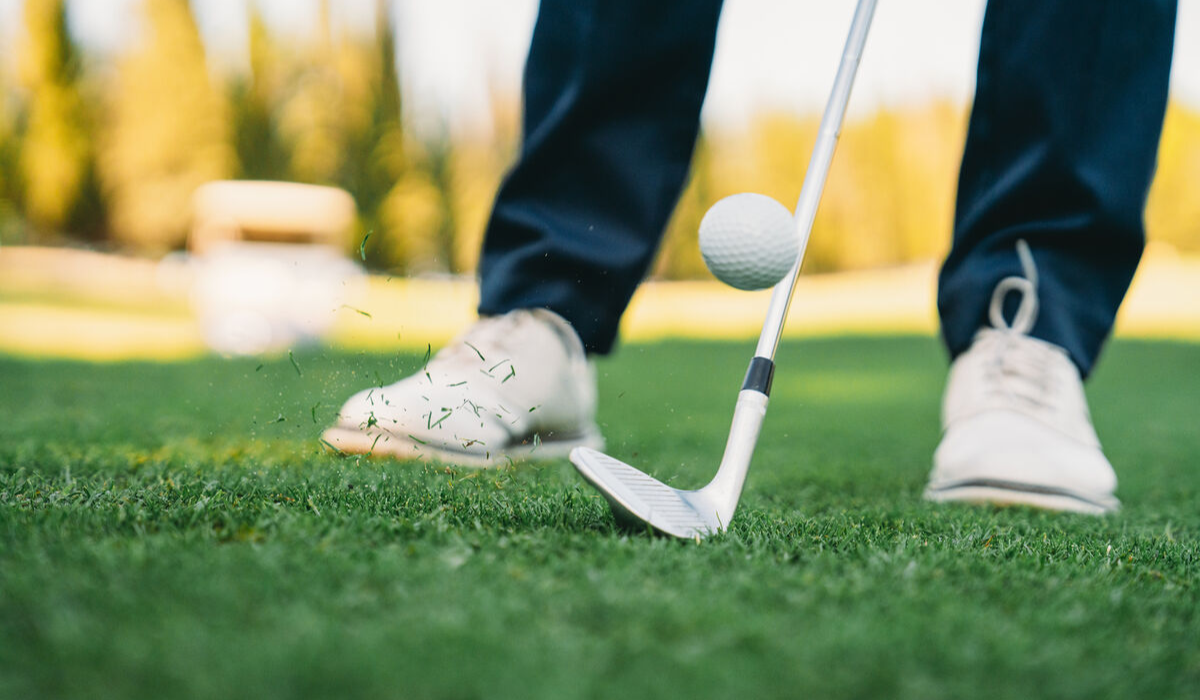
From a physics standpoint, spin is generated by two main forces: friction and compression. The lofted clubface creates friction as it slides across the ball at impact, while compression flattens the ball against the clubface, causing it to rebound with rapid backward rotation. The faster the ball speed and the cleaner the strike, the more spin you’ll produce.
Interestingly, launch angle also influences backspin. Higher shots with wedges land more softly and spin more noticeably, while lower-trajectory shots may skip forward before checking up. Skilled players often vary their trajectory to control how much the ball reacts once it hits the green.
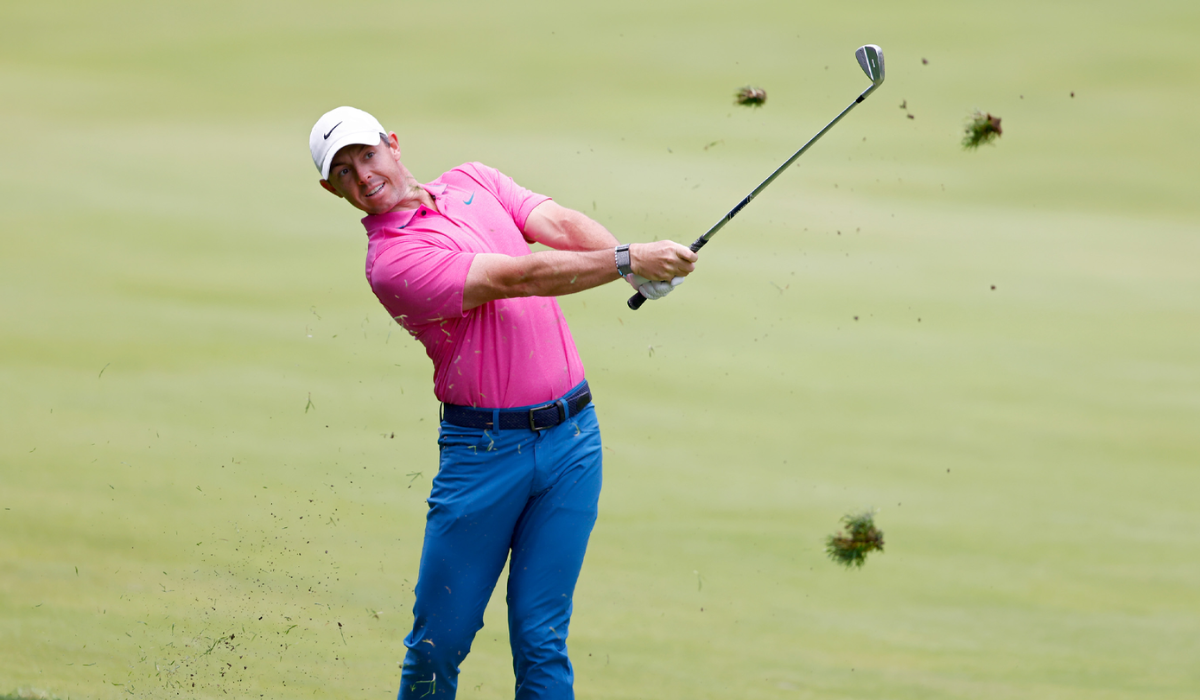
Learning to create backspin requires consistent repetition. A good practice drill is to hit 50–80 yard wedge shots from a clean fairway lie, focusing on compressing the ball and making ball-first contact. Experiment with different wedges — your pitching wedge, gap wedge, and lob wedge — to understand how loft influences spin.
Another valuable drill is to place alignment sticks just behind the ball. This forces you to strike down and avoid hitting the ground too early. Over time, you’ll develop muscle memory for the crisp, descending blow that’s essential for spin.
It’s also useful to practice on different greens. A receptive practice green will show more dramatic results, but hitting into firmer greens teaches you to adjust expectations and focus on controlling rollout rather than expecting the ball to rip backward every time.
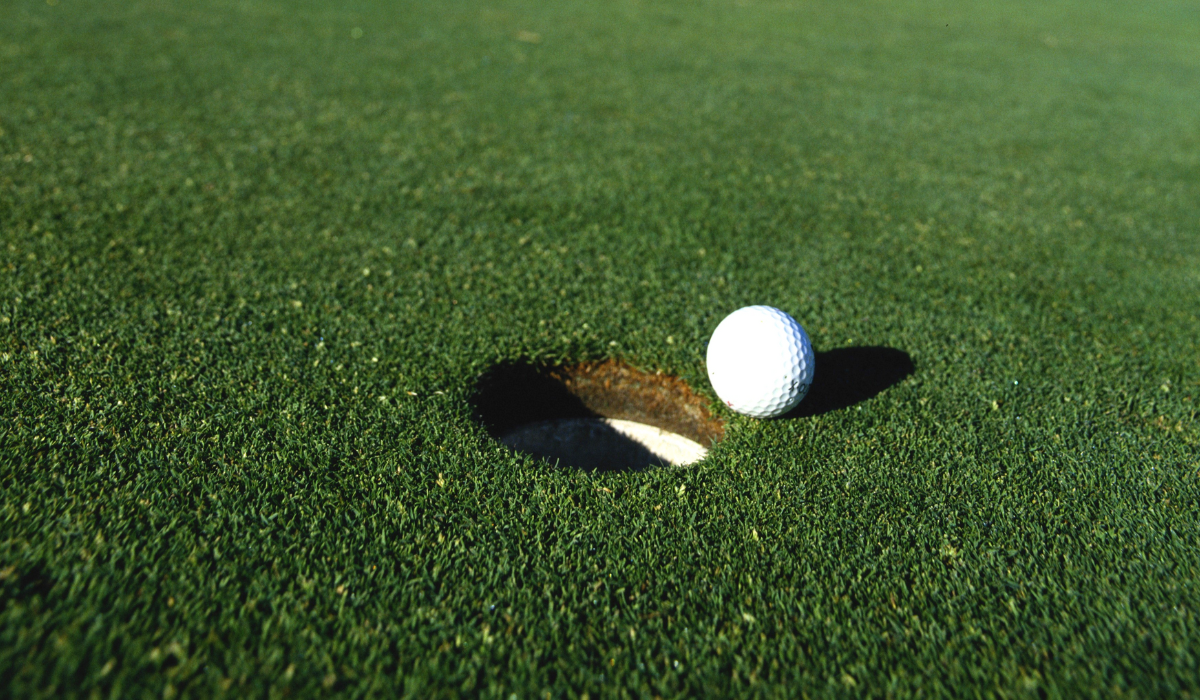
Backspin is more than just eye-catching — it’s a tool that helps you score lower. Being able to stop the ball quickly allows you to attack tucked pins with confidence, hold greens on firm courses, and manage risks by preventing excessive rollout. For short-game shots around the green, a little extra spin can mean the difference between leaving yourself a makeable putt or rolling into trouble.
Professional players rely on spin not only for control but also for creativity. They can use it to shape shots, control distance precisely, and navigate difficult course setups. While most recreational golfers won’t spin the ball back five feet like the pros, learning to generate even moderate backspin will elevate your game and give you a new level of control.
Who Is the Best Putter on Tour So Far This Season?
The Evolution of Golf Fashion: From Tradition to Modern Style